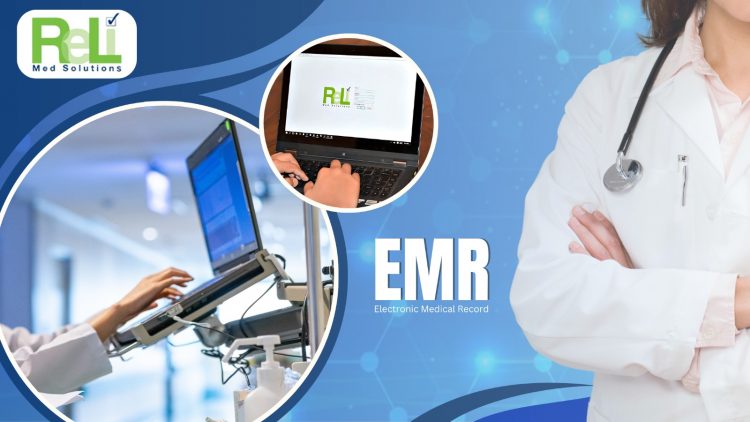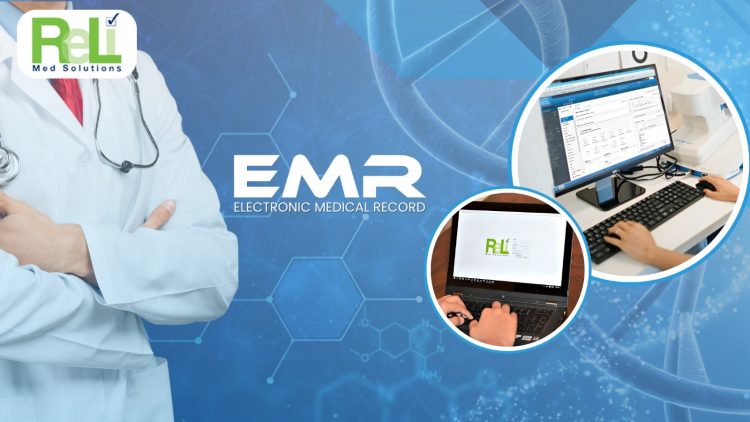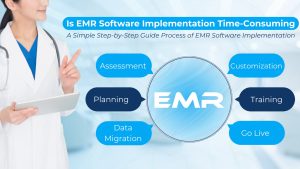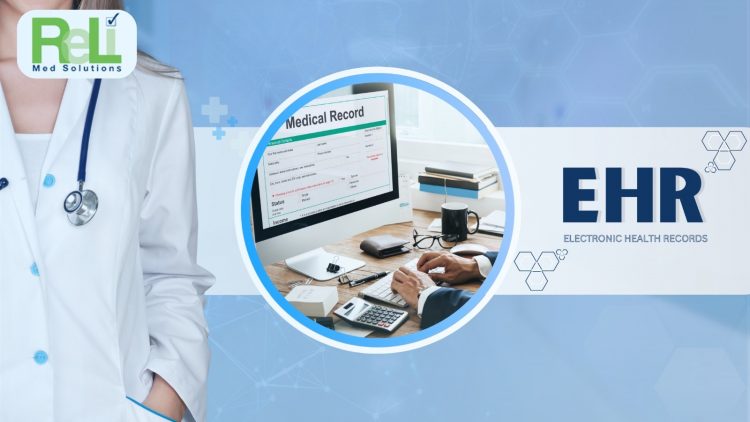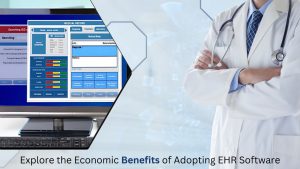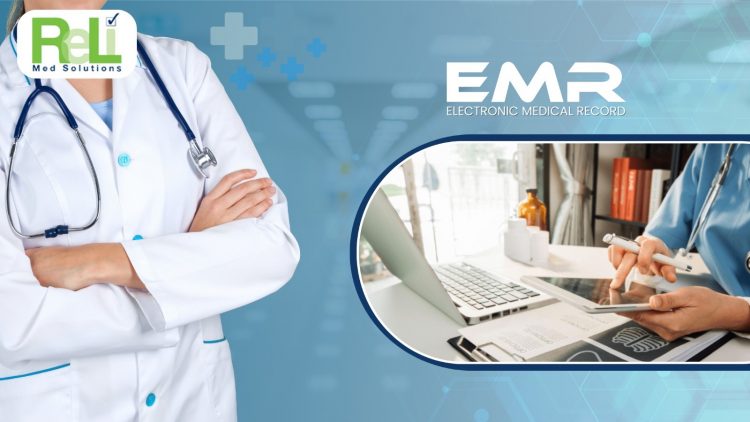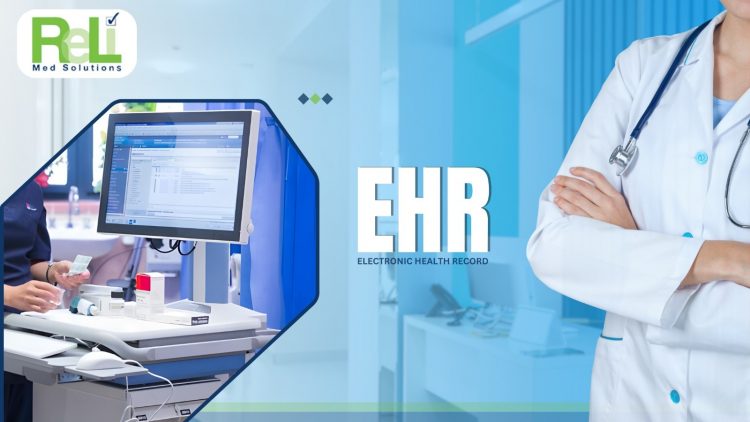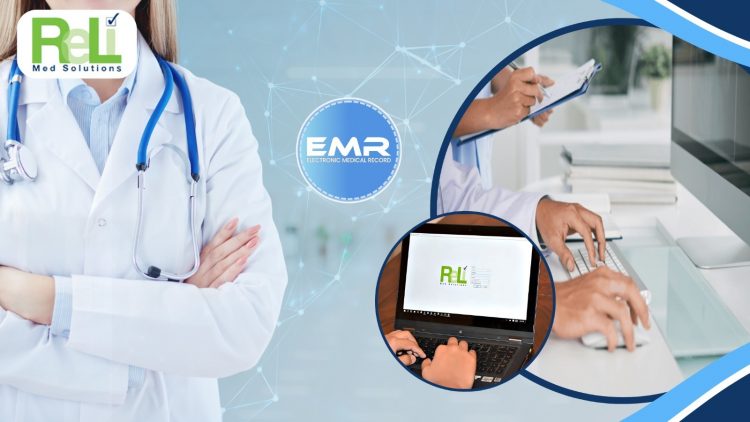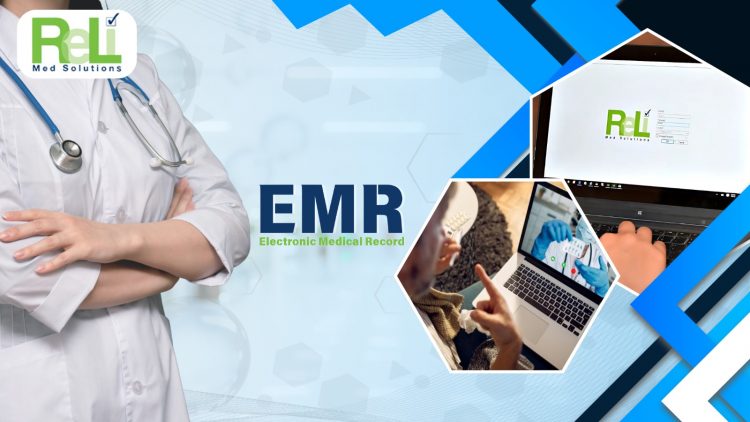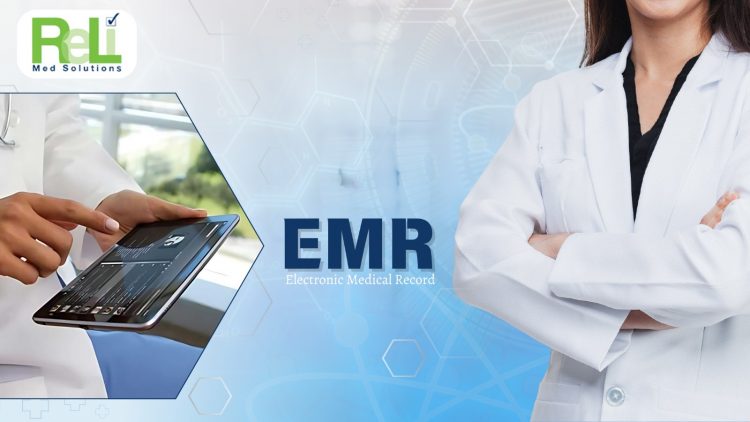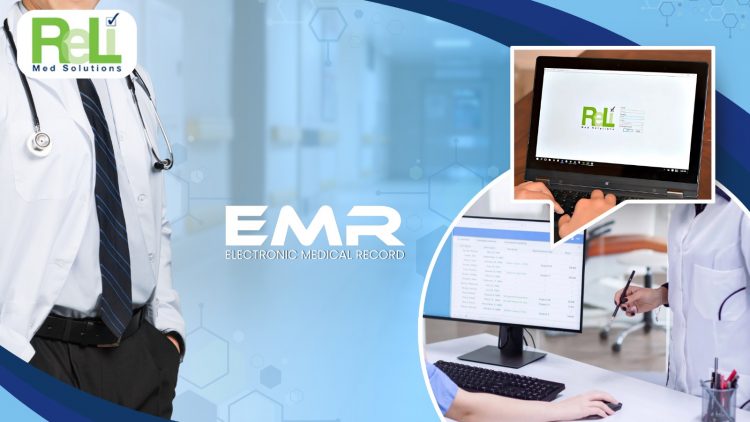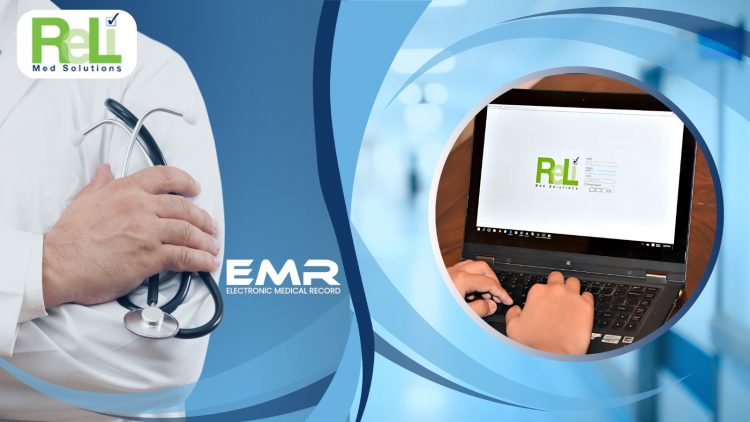FQHC Operations with EMR Software for Specialists: How Technology is Leading the Way to Better Healthcare Solutions?
Managing FQHC operations well is important for providing good healthcare and especially in areas that need it most. EMR software for specialists is changing how healthcare providers manage tasks and improve patient care. With advanced technology, FQHCs can work more efficiently, spend less time on paperwork, and improve teamwork among specialists. This shows how EMR tools are making healthcare better, helping providers focus more on patients. Learn how these smart tools are creating better healthcare solutions in today’s fast-changing medical world.
Why FQHCs Need Specialized EMR Software?
FQHCs care for people with many different health problems. They need software that can handle these special needs. EMR Software for Specialists helps clinics organize care, and billing, and follow all the rules. But the biggest benefit is that it saves time and effort for doctors and staff. If FQHCs use this software, they can manage patient care better and avoid wasting time on manual tasks. It also makes handling Medical Records simple and smooth, which helps both the staff and the patients.
Challenges in FQHCs & How EMR Software for Specialists Solves Them?
FQHCs deal with many problems like not enough staff, too many patients, and strict government rules. These issues can slow down operations and make care harder to deliver. However specialized EMR software fixes many of these problems. It automates tasks like scheduling, reporting, and billing, which saves time and reduces mistakes. If clinics use this software, they can follow rules more easily and serve patients faster. It also makes managing EHR easier, so staff can focus on helping patients instead of doing paperwork.
How EMR Software Boosts Efficiency in Small Practices within FQHCs?
Small clinics in FQHCs often struggle because they have limited staff and resources. These clinics need tools to make their work easier. EMR software helps by automating tasks like scheduling appointments, sending patient reminders, and managing billing. But it doesn’t just save time; it also organizes patient data so that even small teams can manage their work better. If clinics use features like Medical Billing Services, they can avoid mistakes and get payments faster. This software lets small clinics handle large patient numbers without feeling overwhelmed.
From AI to Telemedicine: How Technology is Shaping Modern Healthcare?
Technology is making healthcare better for both patients and providers. AI helps doctors by analyzing data and suggesting better treatments. Telemedicine makes it easy for patients to meet doctors online, which is very helpful for those in rural areas. So, when FQHCs use these technologies with EMR systems, they can provide better care and manage operations more smoothly. Because of that, clinics can improve their services while saving time and money. These tools also help improve RCM making it easier to keep clinics running successfully.
ReLi Med Solutions: Your Partner for Specialized EMR Software
ReLi Med Solutions makes advanced EMR software for FQHCs and specialists. Their tools are simple to use and help clinics work better, save time, and follow rules. If your clinic has too much paperwork or slow systems, So ReLi Med Solutions can help. This means clinics can spend more time with patients and less time on paperwork. That is why many clinics trust ReLi Med Solutions. Their EMR systems make work easier for healthcare providers. Visit their website today to see how they can help your clinic grow and give better care.
FQHCs can now manage challenges more easily with advanced tools like EMR software, AI, and telemedicine. ReLi Med Solutions provides the right technology to help health centers improve care and work more smoothly.
Conclusion
Technology is changing how healthcare works, making it more efficient and patient-focused. EMR software for specialists helps FQHCs improve care, manage tasks better, and stay organized. With the right tools, small practices and community health centers can overcome daily challenges and provide better services. Choosing advanced solutions today ensures patients get the care they need while making healthcare easier for everyone.

